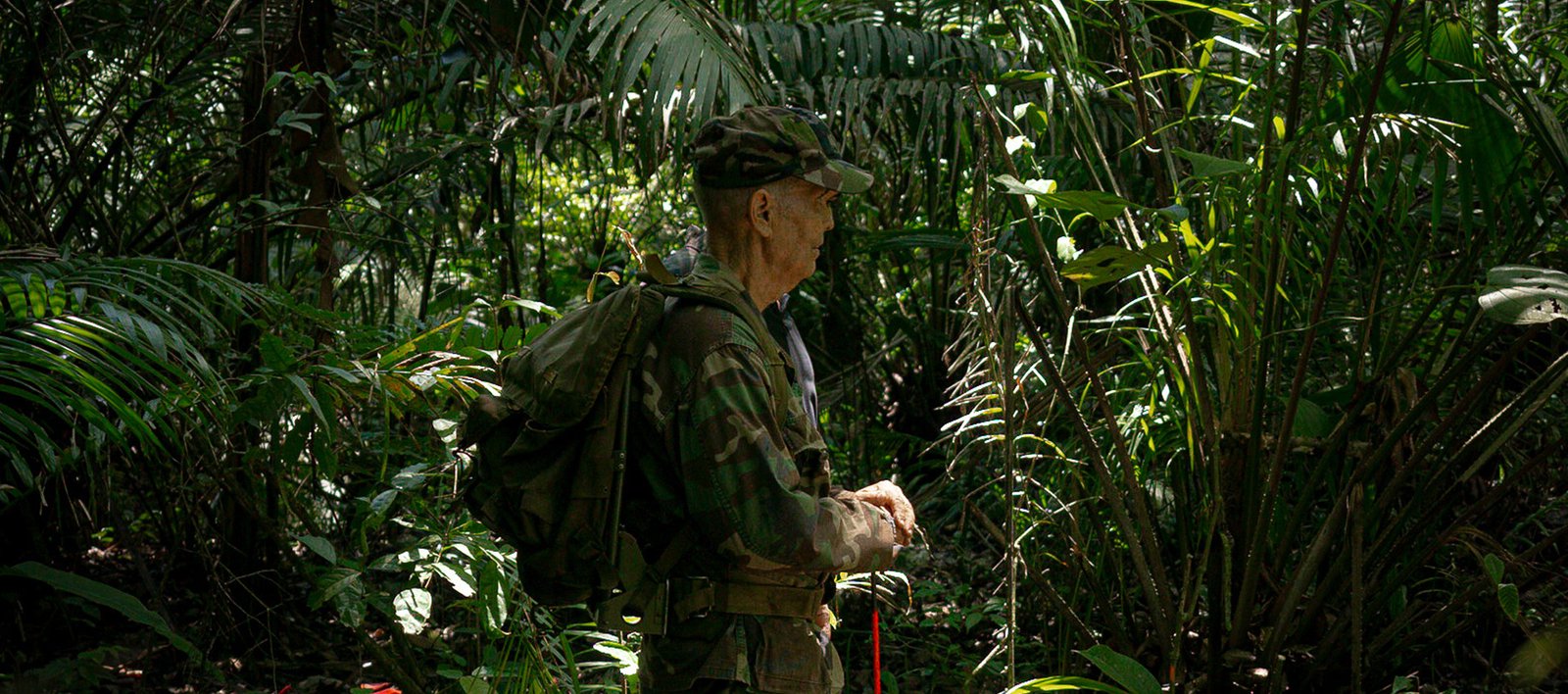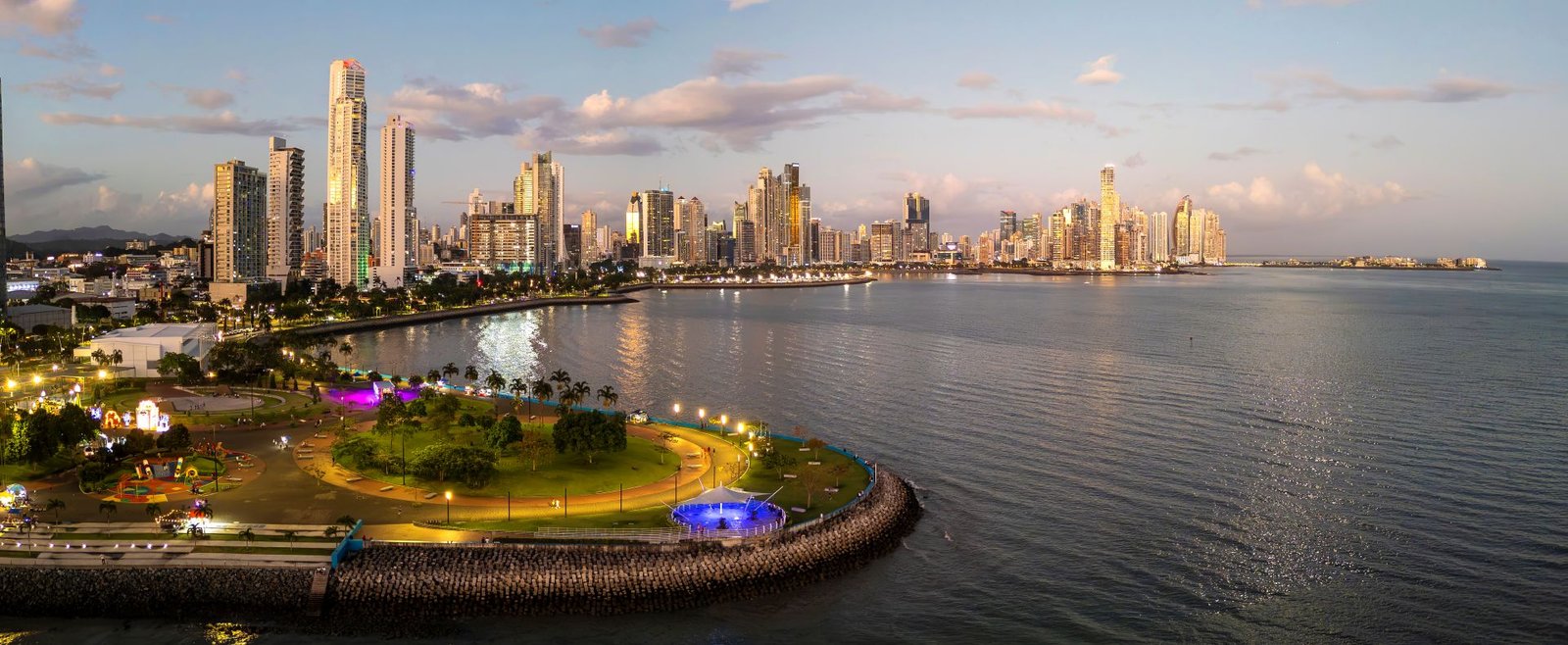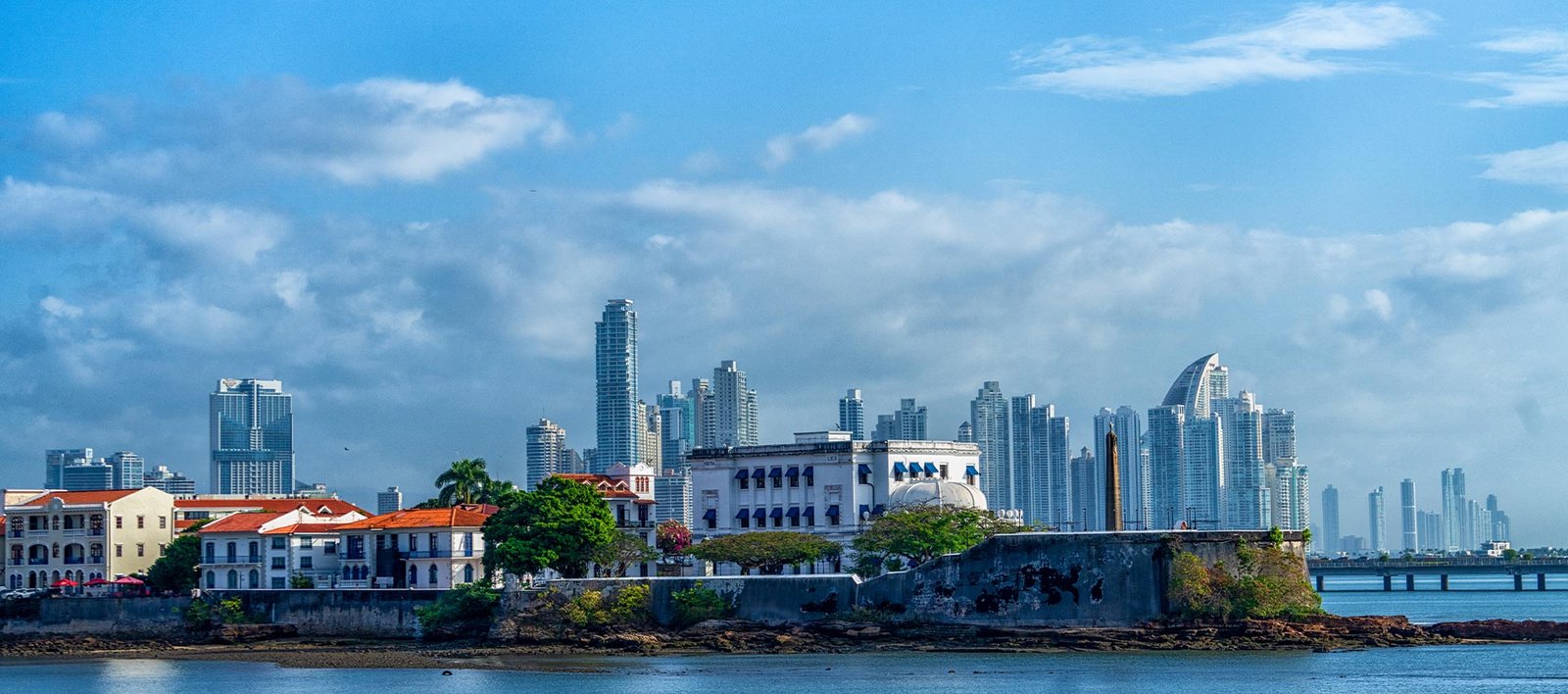
Rediscovering Camino de Cruces
Luis Puleio is committed to filling in a missing piece of Panamanian history. His spirit of exploration and his desire to safeguard the remnants of colonial Panama led him to a great “Eureka” moment: the discovery of the original Camino de Cruces.
By Alexa Carolina Chacón
Photos: Sira Pérez
I think it’s appropriate to begin this article by highlighting what is most important: as you read this, the original Camino de Cruces is being uncovered in Panama. That’s right. We say “original” because a stretch of the first trail to use this name was once the only way for people to travel from the Chagres River to Panama City’s Casco Viejo. And now, thanks to the tireless explorer Luis Puleio, we’ll soon know just how pirate Henry Morgan made his way into what is now known as Panama La Vieja. The trail we know today is not the first Camino de Cruces; the original is the true and great protagonist of this article.
A Trail of Vital Importance
The Camino de Cruces is a historic transportation and trade route that connected the Atlantic and Pacific Oceans across the Isthmus of Panama. For centuries, this route played a fundamental role in cultural, economic, and social exchange between Latin America and the rest of the world. In 1673, Dutch cartographer Johannes Janssonius recorded a cobblestone trail that curved from the town known as Limarrete toward southwestern Panama.
But how did this trade route work in the original city, the one founded by Pedrarias Dávila in 1519 and burned down by Henry Morgan in 1671? The city we know today as Panama La Vieja actually used to be located at the other end of the Bay of Panama. How did people reach it in those days? A piece of the puzzle was missing: there had to be another road, one that cut southwest from Limarrete. And Luis Puleio found it!

Captain Puleio’s Great Feat
Captain Puleio is a true explorer and a champion of Panamanian history. He brought sensitivity, passion, and enormous stamina to his travels through the wild. On one of his many observational walks he discovered two river stones far from any body of water, which was really unusual. This find seemed to confirm the “obvious”: there used to be another road that connected the Chagres River to the first Panama City. We joined Captain Puleio and his son at the archaeological site where the original cobblestone trail is now being uncovered.
Previously Unseen Living History
Entering the dense and tropical virgin jungle of Panama’s Camino de Cruces National Park we find a group of archaeologists at work. They wear long-sleeved shirts and explorer pants: the mosquitoes and the sun are still relentless, 500 years after the arrival of the Spanish. We stop in the middle of the road and then make our way into the jungle. We come quickly to a recently cleared dirt trail with a fence that protects the archaeological site. A group of large river stones, strategically placed one next to the other, seem clear evidence of the existence of an old cobblestone path. Living and unprecedented history.
This must have been the trail used by pirate Henry Morgan to get to Panama City and then get out with his booty. This invasion destroyed the city, which was subsequently moved to Casco Viejo’s current location. A new cobblestone trail had to be built to connect Limarrete with the new city. For years, this new trail was the only one we knew about; the original remained lost under the weight of the years, until Puleio uncovered it.
What Now?
Luis Puleio is a former member of the military corps in Panama. He speaks slowly, academically, and his lexicon is vast. You can tell he’s spent his entire life waiting for this moment. He wants to explain everything, describing exactly how the road changed direction in Limarrete to travel directly to the Fort of the Natividad in Panama Viejo. He has mapped out the entire route through modern Panama City (see illustration), and yet his theory is still just a hypothesis. This trail has not yet made it through the bureaucratic registration process in Panama. But it’s not just Puleio’s searching eyes that see the evidence. Álvaro Brizuela, the archaeologist in charge of the project, notes that the way the rocks are arranged is not the product of nature. “It is an intentional union of stones that were placed on the ground for a reason. Nature does not manifest itself that way.”
This trail, without a doubt, was built by humans. As the explorer Puleio would say: “Eureka!”






Leave a Reply